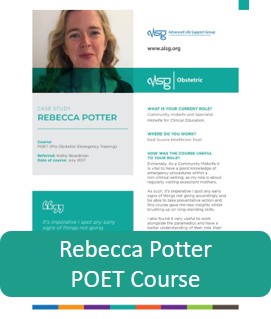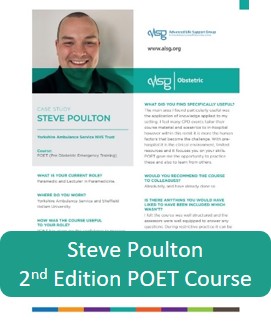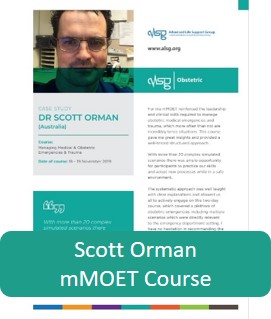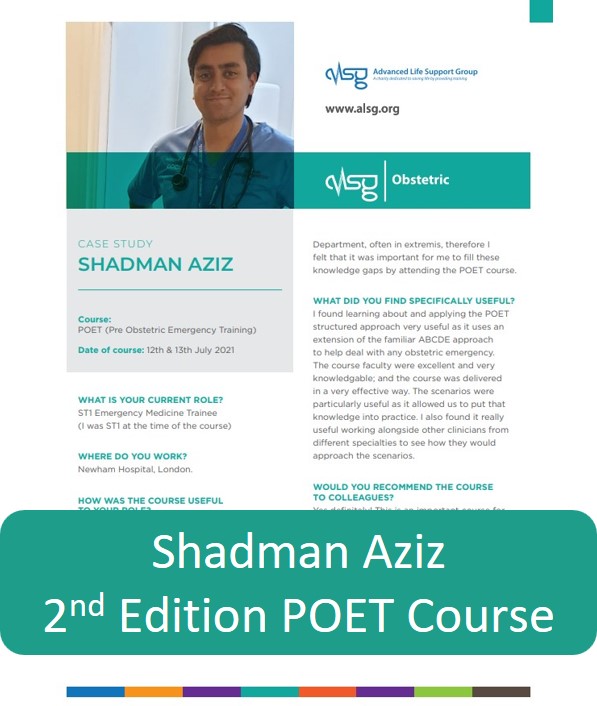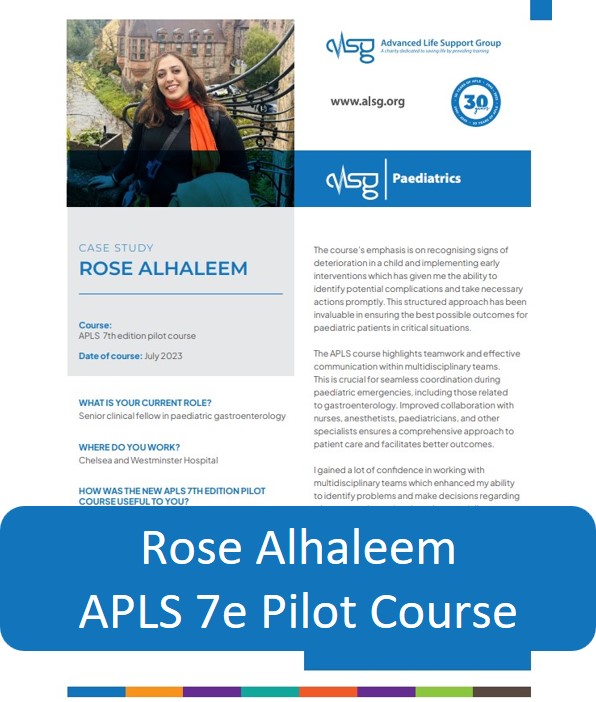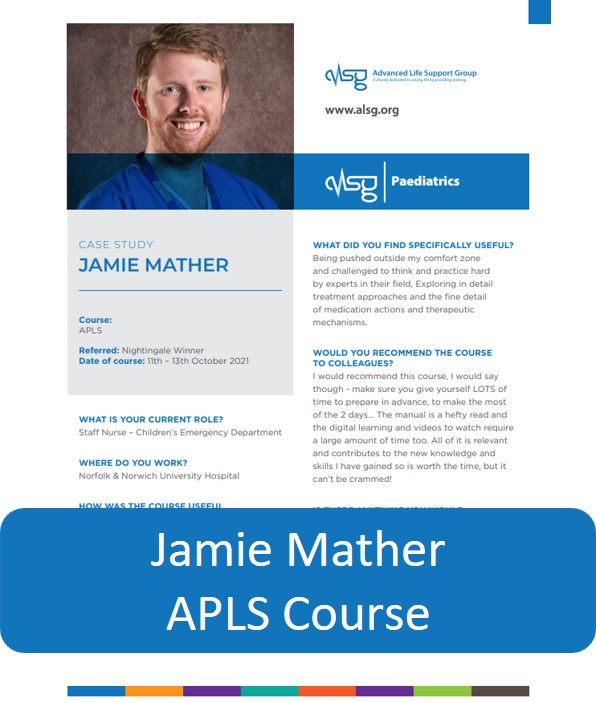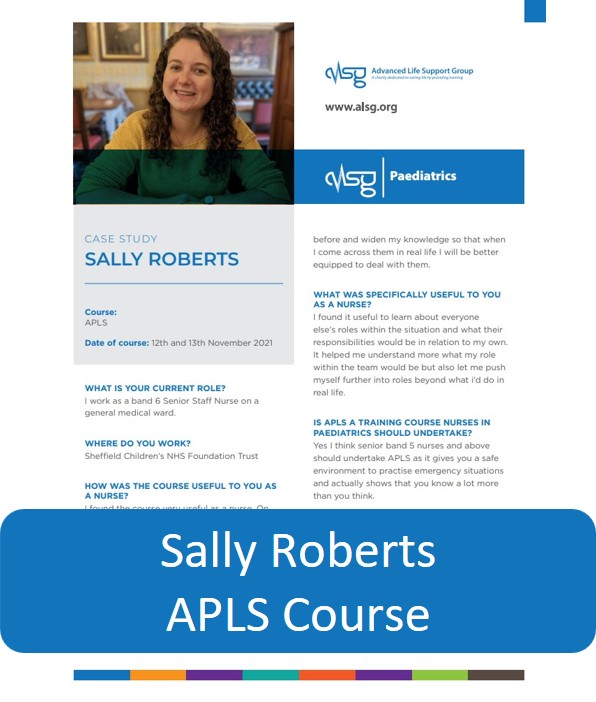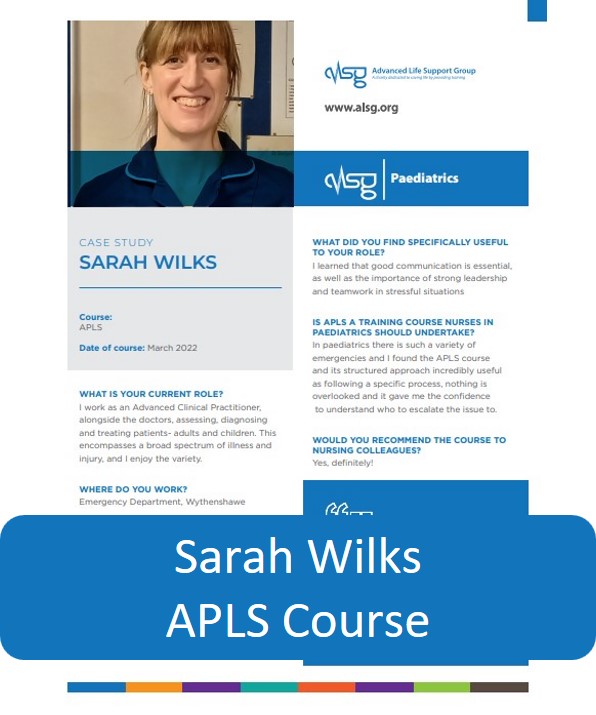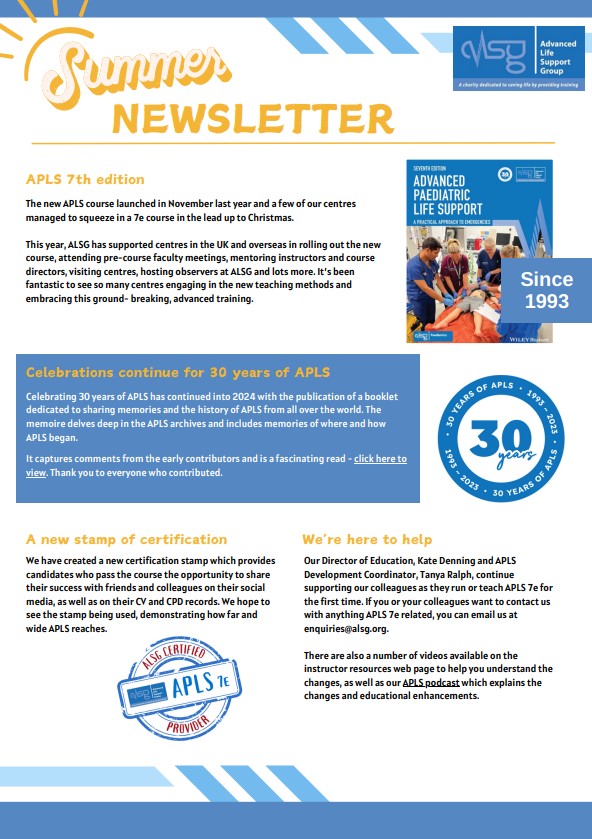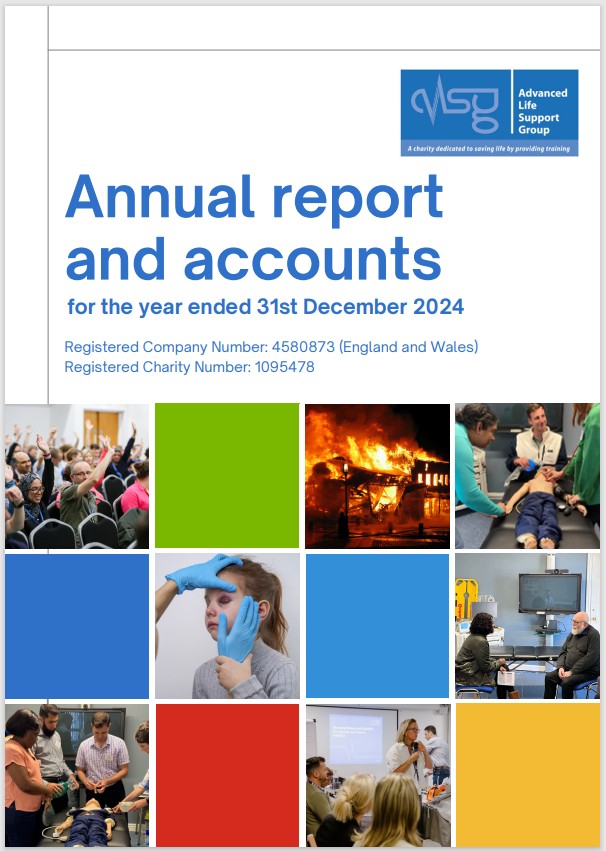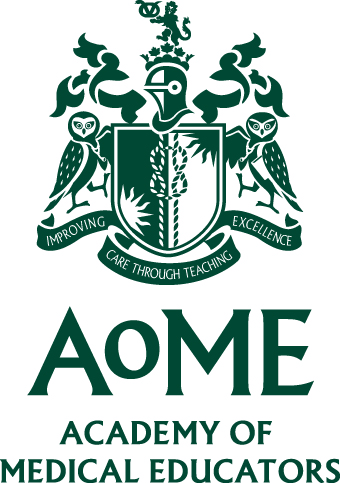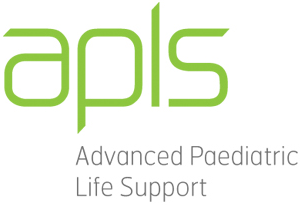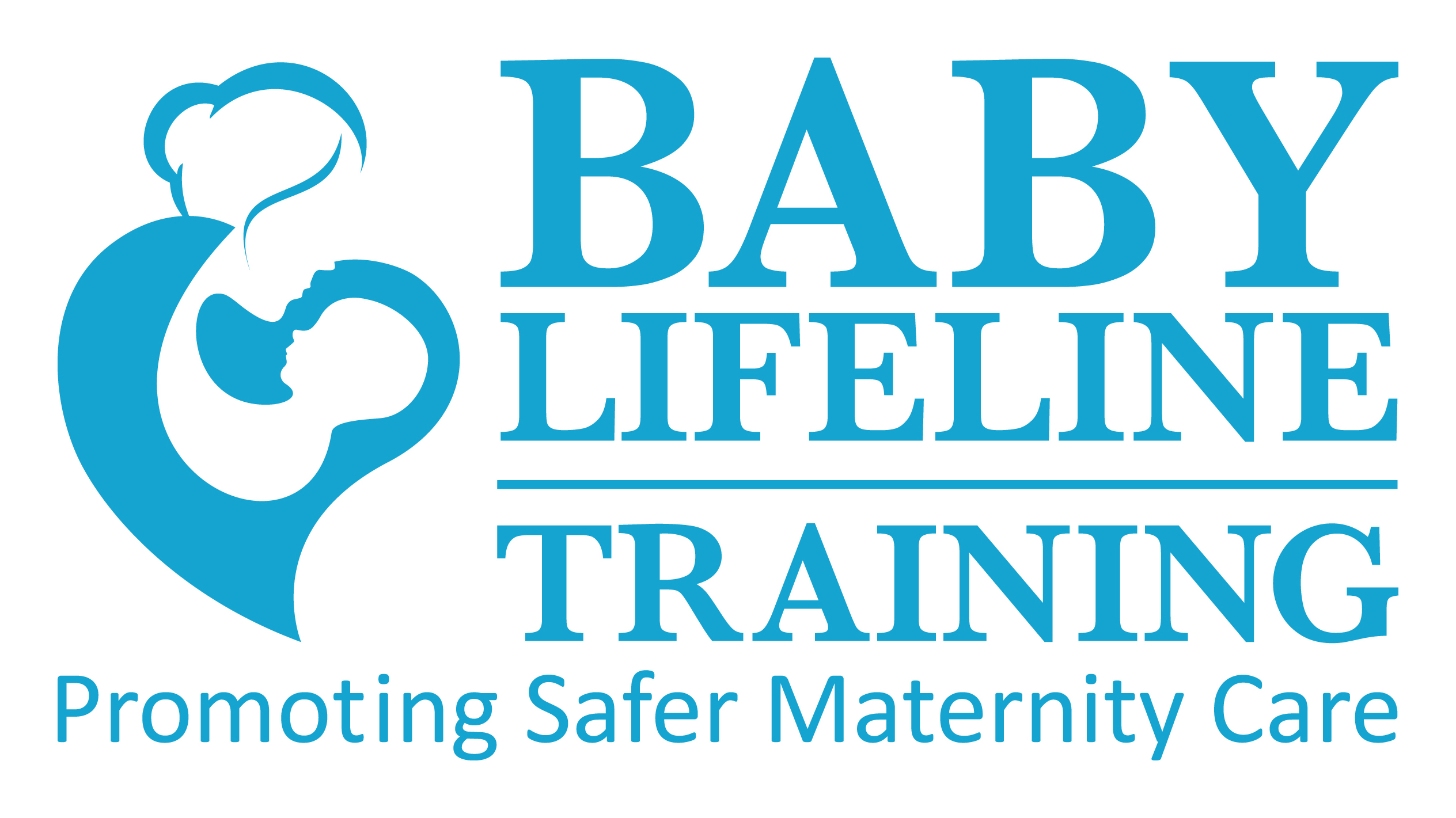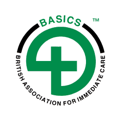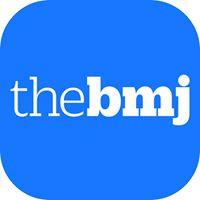

Section outline
-
The journey so farMission and valuesALSG is a world leader influencing and providing innovative life saving training for everyone responding to medical emergencies and our mission is to save lives by providing training. Our core values reflect what is truly important to us as an organisation and are the underpinning of our culture. They guide our actions and inform the way we work and behave as an organisation.
Vision
ALSG is a world leader influencing and providing innovative life saving training for everyone responding to medical emergencies.
Mission
Saving lives by providing training
Values
Our values are part of our DNA. They provide a framework in which guides the way we work and engage with our customers, stakeholders and with each other – they ultimately influence and shape our culture.
 Meet the teamAPLS - Where it all began
Meet the teamAPLS - Where it all began -
Continuous assessment
 ALSG realised a number of years ago that we cannot safely assess our candidates on the level of their clinical care, ability to work with colleagues, communication skills, professionalism in a single moment, in one high-stakes test. Through studying assessment literature, we learned that putting all of our faith in one summative assessment was based on a number of flawed assumptions.
ALSG realised a number of years ago that we cannot safely assess our candidates on the level of their clinical care, ability to work with colleagues, communication skills, professionalism in a single moment, in one high-stakes test. Through studying assessment literature, we learned that putting all of our faith in one summative assessment was based on a number of flawed assumptions.We took the decision to move to a form of ongoing or multiple assessment, realising that repeated sampling and triangulation by different assessors were both essential. We recognised that the students needed to be far more involved in the process and have agency and be heard, therefore they needed more meaningful and ongoing feedback. This meant putting much more emphasis on assessment for learning, guiding and coaching.
We've made adaptations over the last few years, learning from our successes and our challenges. We will keep on doing this and striving to improve the experience for our candidates. We are on an exciting journey.
Listen to Kate Denning, ALSG’s Director of Education talk about the benefits of continuous assessment where she outlines that exams have a place but are also just a moment in time, whilst outlining the advantages of continuous assessment over a two day training programme.

Keeping active, keeping your mind healthy It’s easy to become inactive and yes, it’s important to relax and have some ‘down time’ but long periods of inertia are not good for the mind, soul or body.
It’s easy to become inactive and yes, it’s important to relax and have some ‘down time’ but long periods of inertia are not good for the mind, soul or body.But what to do? Who doesn’t have a dumping drawer or a space under the sink with lots of useless items that have never seen the light of day in years or hasn’t been used? Get your bin bags and load it all up. It’s an opportunity to tackle those things that you don’t have the inclination to get stuck into, for example having a good clear out of all your filing and paperwork.
Getting up and getting ready to face the day is extremely important and getting fresh air too. A walk round the block or if you have a garden, tackle it. A lot of garden centres are doing online deliveries so have a look on the internet and if you don’t have a garden, then think about window boxes.
Moving is so important for your body to help the blood circulate, to get your muscles moving and there’s a lot a person can do at home.
Start doing stretches on the floor and loosening up or in your chair, if you feel fit enough, run up and down the stairs. If you live in a block of flats, use the stairs and not the elevator or jog on the spot in your living room to music.
You could even create a daily workout in the house and of course there are many online classes but at the heart of it, just get moving.
-
ObstetricGIC - Mike Davis Bursary winnerA day in the life of ...
 Marijke Van Eerd tells us what it's like as an ALSG volunteer. Read more here
Marijke Van Eerd tells us what it's like as an ALSG volunteer. Read more here
Paediatrics -
2024 Newsletters2024 Annual Report and AccountsNew APLS Working Group Chair announced
 We are delighted to introduce you to the newly appointed Chair of the Advanced Paediatric Life Support (APLS) Working Group, Dr Bimal Mehta. Bimal is currently one of the APLS Working Group Vice Chairs and a Consultant in Paediatric Emergency Medicine at Alder Hey Hospital, Liverpool, and brings a wealth of expertise and dedication to this pivotal role.
We are delighted to introduce you to the newly appointed Chair of the Advanced Paediatric Life Support (APLS) Working Group, Dr Bimal Mehta. Bimal is currently one of the APLS Working Group Vice Chairs and a Consultant in Paediatric Emergency Medicine at Alder Hey Hospital, Liverpool, and brings a wealth of expertise and dedication to this pivotal role.Bimal’s journey with APLS began as a candidate in 1998, and his commitment to paediatric emergency care has been unwavering. As an instructor and advocate, he has contributed significantly to the development of APLS 7e, a milestone achievement for the organisation.
“I value the important contribution APLS has made to improving provision of safe care to the sickest children and saving lives around the world; and understand that it is vital to maintain both its quality and standing.
Being Chair is a responsible role and not one to be taken on lightly. Working together I believe we will keep APLS not just relevant, but the best there is, keeping true to ALSG’s mission statement.” Bimal Mehta.
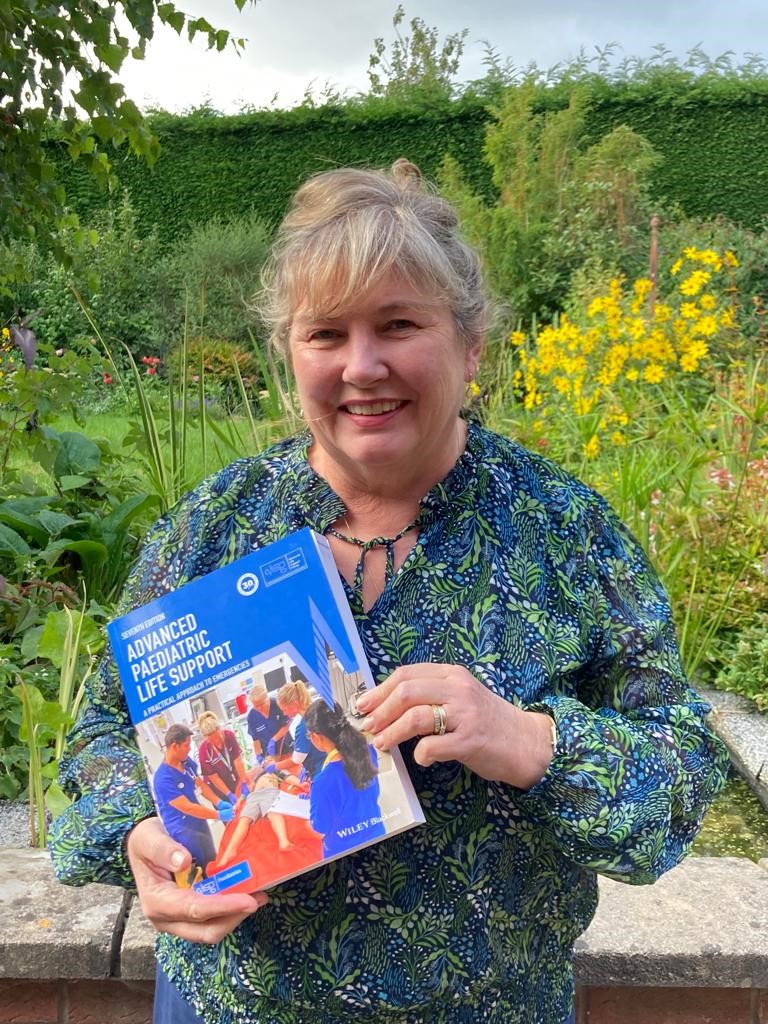
The outgoing chair, Stephanie Smith, a respected retired Emergency Paediatrician, leaves behind an indelible legacy. Having Attended her first APLS course in Sheffield back in 1995, and going on to become an instructor, Stephanie’s passion and leadership have shaped the group’s continuing success. Her pride in APLS reflects the tireless effort she invested in its development. Bimal will formally take over the reins in September 2024, and we eagerly anticipate the positive impact he will bring to the APLS community.
International Nurses Day 2024Food for thought – 1
It’s great news that this year’s International Nurses’ Day theme from the WHO is “Our Nurses. Our Future. The Economic Power of Care”, as this brings into focus the poor investment in the ongoing training of the nursing workforce.

The NHS is under constant budgetary constraints and in 2016 it was announced that *nurses’ bursaries were being removed from 1 August 2017. This was because formal education was converted into university degrees and nursing students would access the student loan scheme.
Having qualified and accrued debt at university, nurses are also having to self-fund training for their required CPD. On top of this many Trusts are expecting nurses to use their annual leave to attend training.
Shouldn’t our nurses be valued, especially on International Nurses’ Day? ALSG is suggesting CPD study budgets for training is made available to all post-graduate nurses and ring-fenced going forward.
Clearly the WHO see our nurses as vital by making the theme this year about ‘the economic power of care.’ Food for thought.
* The NHS Bursary Scheme new rules (publishing.service.gov.uk) pg 5, item V.
Food for thought – 2
 The WHO has chosen to focus this year’s International
Nurses’ Day on “Our Nurses. Our Future.
The Economic Power of Care.”
The WHO has chosen to focus this year’s International
Nurses’ Day on “Our Nurses. Our Future.
The Economic Power of Care.”With budgetary restrictions across the NHS, it is estimated waiting lists will reach 8 million by this Summer[1].
Nurses are arguably the backbone of the NHS and to not fund their CPD, seems counter-productive, especially as it is a requirement to fulfil their obligatory education.
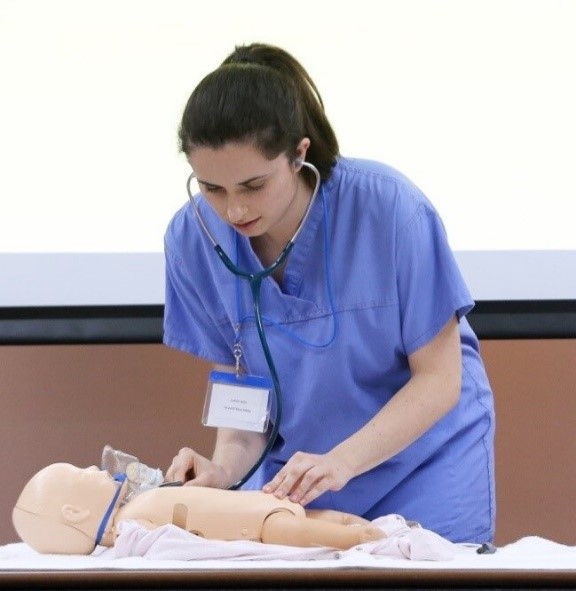
According to the Royal College of Nursing report[2], 13 February 2023, tens of thousands of skilled and experienced nursing staff are leaving the profession, with many of those aged 21 to 50.
Whilst the report recognises there are other factors such as the need for better “workforce planning”, it also cites retention strategies are needed which includes a clear path in career progression. That surely can be viewed as investing in nurses’ training.
To invest in our nurses, funding needs to be a cast-iron commitment for every Trust. This investment will not only allow nurses to advance their careers more clearly but recognises that investment is ‘the power of care’ and is empowering as well as impactful. Food for thought.
New TrusteesTwo new Trustees joined the board, click here to read all about our new members.30 years of APLS - where did it all begin?Read all about the 30 year journey of APLS, where and how it all began here:Celebrating 30 years of MIMMS with Tim Hodgetts CBE QHS, who set up Military MIMMSCharitable funding programmeWe are proud to announce our annual Charitable Funding Programme is live. With a total fund of £25,000, the programme will grant one or more awards to support the delivery of projects aiming to save lives and improve patient outcomes. The closing date for submission has been extended to 15:00 GMT on Friday 10th October 2025.
The charitable funding programme can be found here. -
Bursaries
Sue Wieteska, CEO for Advanced Life Support Group (ALSG) comments on the benefits of undertaking a research bursary.
“Bursaries are imperative to the progression of a specific field and this is particularly vital to healthcare. Undertaking research delivers evidence and new strategies to clinical approaches whilst advancing specialty areas.
Involving health care staff is also necessary in any research as this improves standards as well as engaging clinicians who have day-to-day experience and knowledge within the health sector and it would be imprudent to overlook their contribution.









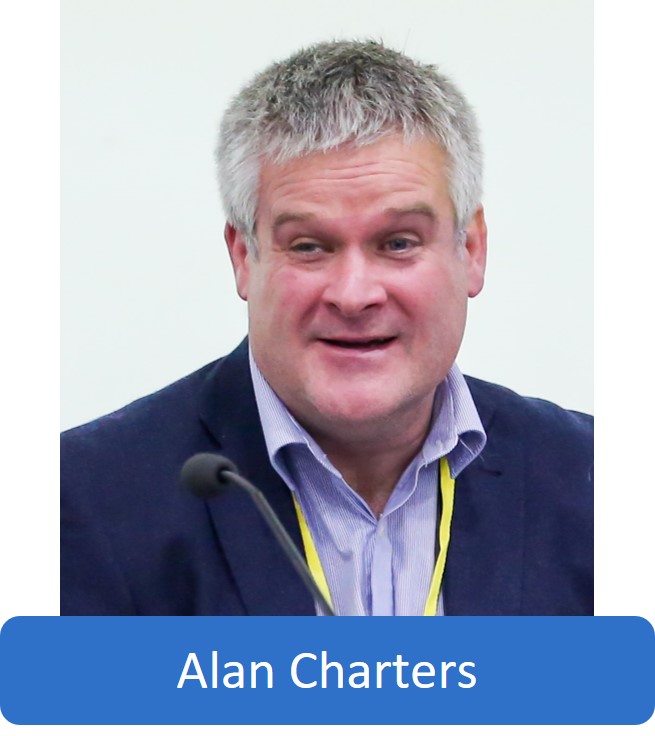
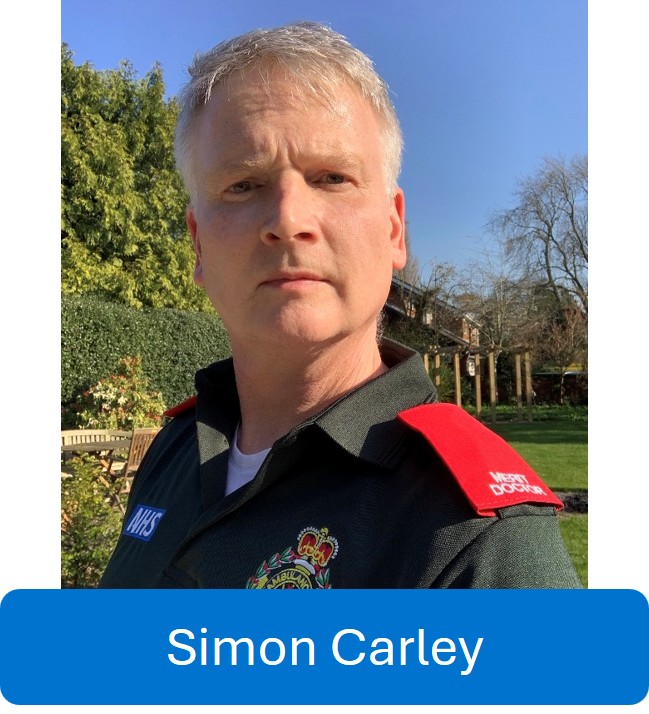

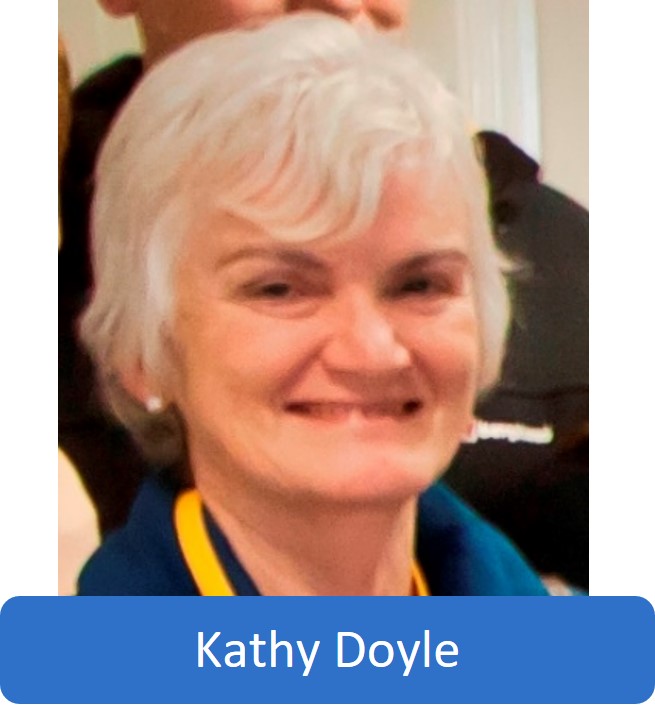






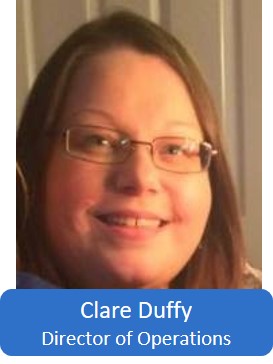

 As we return to some sort of normality, many people will be returning to their offices for the first time in many months. This is a transitional time as we recalibrate the way we work, as COVID-19 has not gone away.
As we return to some sort of normality, many people will be returning to their offices for the first time in many months. This is a transitional time as we recalibrate the way we work, as COVID-19 has not gone away.
 It’s World Mental Health Day next month, a time when people reflect more on their mental status. Even if it’s just for one day, it helps to slow down and view the issues that may be affecting you more than you know.
It’s World Mental Health Day next month, a time when people reflect more on their mental status. Even if it’s just for one day, it helps to slow down and view the issues that may be affecting you more than you know.
 In a recent survey by LBC, the radio station, which through the Freedom of Information Act has discovered there is a greater shortfall of children receiving help for mental health issues to those that are fortunate to be able to receive some vital support.
In a recent survey by LBC, the radio station, which through the Freedom of Information Act has discovered there is a greater shortfall of children receiving help for mental health issues to those that are fortunate to be able to receive some vital support.  Most of us regularly work from home for say, one day per week, so we can cope and are used to that. However, in these unprecedented times, for a lot of us working from home is now five days a week, this certainly puts the onus on each of us to stay motivated and focused. Here are some tips which may help give you a steer:-
Most of us regularly work from home for say, one day per week, so we can cope and are used to that. However, in these unprecedented times, for a lot of us working from home is now five days a week, this certainly puts the onus on each of us to stay motivated and focused. Here are some tips which may help give you a steer:-
